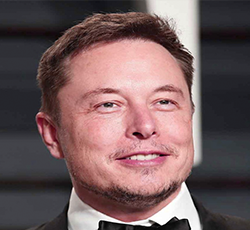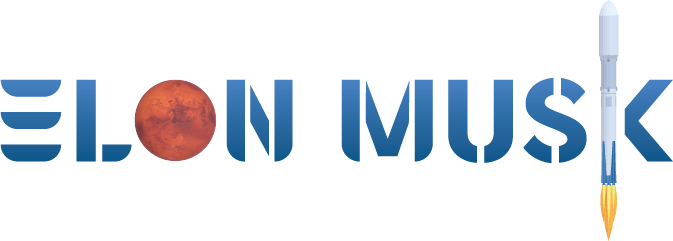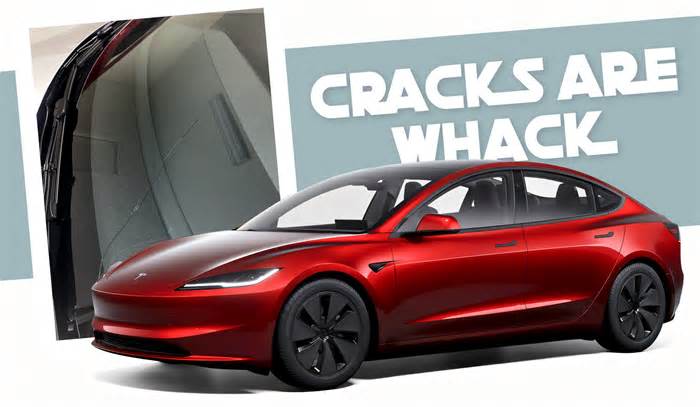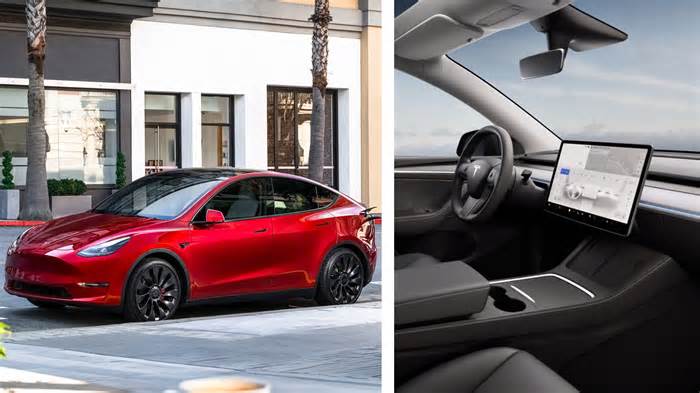
Elon Musk's Starlink sees its first major challenge - from Jeff Bezos
- by inews.co.uk
- Apr 09, 2025
- 0 Comments
- 0 Likes Flag 0 Of 5
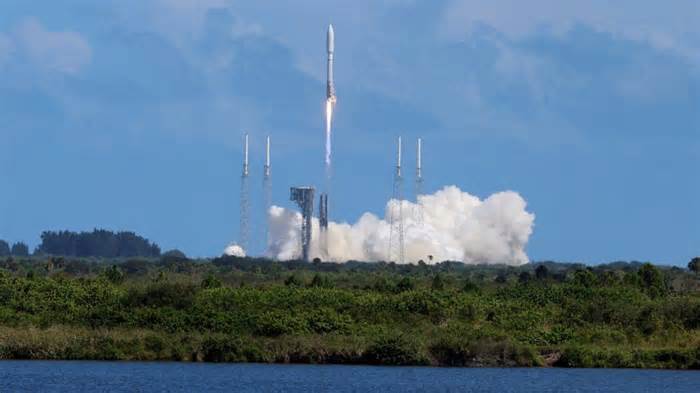
April 09, 2025 4:27 pm
(Updated 5:46 pm) Notably, Starlink has become essential for communications in war-torn Ukraine, where hospitals and the military rely on it to operate.
Project Kuiper also intends to tap into this market with “high-speed, low-latency internet to virtually any location on the planet”.
A United Launch Alliance Atlas V rocket stands on the pad with a payload of Amazon’s Project Kuiper internet network satellites at the Cape Canaveral Space Force Station in Cape Canaveral, Florida on April 9, 2025 (Photo: Steve Nesius/Reuters)
Once deployed in space, the satellites will travel at speeds exceeding 17,000 miles per hour (27,359 km/h) in an orbit 392 miles (630 km) above Earth, completing a full orbit approximately every 90 minutes, according to Amazon.
Could this improve your mobile phone service?
Mobile operators have been partnered with satellite network companies “as a way to extend the reach of their own networks,” said Hatt.
“Ground-based coverage can only get so far before the economics become very challenging to reach 100 per cent coverage,” he said.
“So satellite is seen as a pragmatic way to extend that and kind of have a win-win situation where the customers of the mobile operators are able to get better and extended connectivity, and the satellite partners are able to participate in the revenue share.”
A Starlink terminal pictured in Ukraine (Photo: AFP/Getty Images)
These partnerships between mobile phone and satellite providers are especially valuable in coordinating emergency responses following natural disasters, such as hurricanes and earthquakes, when ground-based infrastructure may be down.
Ending the SpaceX monopoly
The satellite industry has seen “a huge growth in the range of players and the capacity in orbit since Starlink initially filed and then launched the first of its satellites,” Hatt said.
Significant growth has been observed particularly in the capacity of Low Earth Orbits (LEO), the closest of the three main orbital planes where satellites operate, including those of SpaceX and Kuiper.
The launch of a Starlink V2 mini-satellites from Space Launch Complex at Vandenberg Space Force Base seen over the Pacific Ocean from Encinitas, California (Photo: Mike Blake/Reuters)
SpaceX’s Starlink is the dominant force in the field, but it is far from being the only player.
Besides Amazon’s Kuiper, China also plans to launch 13,000 satellites as part of its GuoWang constellation.
Canada’s Telesat is reportedly expected to add 300 and the German start-up Rivada 600 satellites.
The European Union’s Iris project has 170 satellites, while the US military’s Space Development Agency plans to launch 300-500 more.
Project Kuiper’s satellites encapsulated in an Atlas V rocket fairing at Amazon’s satellite processing facility in Cape Canaveral, Florida, in March 2025 (Photo: Amazon/AFP/Getty Images)
Satellite networks are increasingly becoming “a strategically important asset as part of a vertically integrated business model,” Hatt said. “Both Starlink and Amazon have that and I think we’re going to see that play out over the coming years.”
Low orbit constellation satellites are a very new technology, noted Joanna Darlington, executive committee member of the satellite telecommunications company Eutelsat Group.
“I mean, it’s only been going for three years. So we’re really at the very beginning of that. And I expect what you will see is more sophisticated technology being embarked on those satellites.”
EXPLORE MORE ON THE TOPICS IN THIS STORY
MOST READ BY SUBSCRIBERS
Please first to comment
Related Post
Stay Connected
Tweets by elonmuskTo get the latest tweets please make sure you are logged in on X on this browser.
Sponsored
Popular Post
tesla Model 3 Owner Nearly Stung With $1,700 Bill For Windshield Crack After Delivery
35 ViewsDec 28 ,2024






 Energy
Energy

